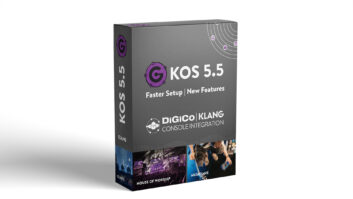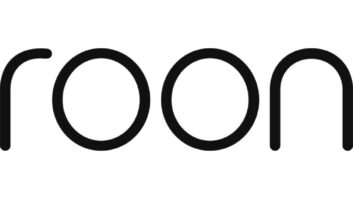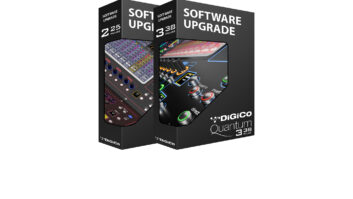Integrating Harman International’s stable of brands to leverage the company’s combined purchasing clout, stepping up brand marketing in consumer products, and bringing “tremendous discipline” to consumer product development and marketing are among Harman’s top priorities, chairman/CEO Dinesh Paliwal told TWICE.
The changes are part of a five-year strategic plan to restructure the $4.1 billion maker of OEM automotive audio and infotainment systems, professional audio gear and consumer audio products. The changes include the establishment of company-operated marketing and sale operations in newly industrialized nations; the outsourcing of global IT infrastructure and consumer and professional-audio warehousing and distribution operations; the closing of four plants; the doubling of factory capacity in Mexico and Hungary; the launch of a factory in China; and new executives in the roles of chief financial officer, human resources officer, operational excellence officer, chief accounting officer and division heads for the consumer and pro divisions.
Paliwal joined the company as president, CEO and vice chairman in July 2007 and succeeded Sidney Harman, the company’s founder, as chairman in July of this year while retaining his CEO role.
For the combined divisions, “the good times will come,” Paliwal told TWICE,
but good times will be preceded by “an extremely hard execution period in 2008-2009.” In fiscal 2008 ending June 30, net sales rose 16 percent to $4.11 billion, or 8 percent after factoring out currency fluctuations, but operating income dropped 50 percent to $199 million because of new OEM automotive platform launches, lower gross margins, restructuring charges, higher OEM warranty costs and expenses related to the termination of an acquisition agreement by Kohlberg Kravis Roberts and Goldman Sachs Group in 2007. Gross profit margins declined 7.1 percent, to 27 percent, mainly because new OEM automotive platforms were launched, the company’s said. OEM automotive sales accounted for 72 percent of net sales in the fiscal year.
“We’re not happy with the current earnings levels,” Paliwal said, but OEM automotive engineering costs are spiking up in fiscal 2008 and 2009 and “eating up the bottom line” to support 13 new vehicle launches in 24 months.
To further enhance financial performance, the company is working to consolidate supply-chain management, sourcing, incentives for management and talent development, Paliwal told TWICE. “We have not done a great job integrating past acquisitions,” he said. “We acted intentionally to keep them independent to maintain their entrepreneurial spirit.” But such independence had its downsides. With each acquisition independently managing its own supply chain, he explained, Harman brands couldn’t leverage their combined buying power. “Globalizing our supply chain” will encourage suppliers “to talk to us,” he said.
In consumer products, Paliwal admitted “we need to do some work there” and promised “product management discipline” and a “new energy in the consumer space,” including the allocation “of serious dollars in fiscal 2009 to promote the consumer brands under the Harman umbrella.” Many of Harman’s consumer brands are well-recognized, but “some of our other brands are less well-known, so we’ll spend more on brand marketing,” he said. The brands will be promoted under the Harman umbrella to drive home the point that consumers can buy any Harman brand “with the same degree of confidence,” he noted
In the fall, Harman will launch ads in Time, Fortune, Rolling Stone and other magazines and in publications in emerging markets, said communications VP Brad Hoffman.
The consumer business will also “see tremendous discipline in product development, marketing and customer research,” Paliwal promised. “This business has served us very well traditionally — but inconsistently over the past five years. Net profit has been 6 to 7 percent, or it has been 1 percent.” For the consumer division, fiscal 2007 “was a phenomenal year,” he noted, citing the launch of an iPod speaker system that was “ahead of everyone.” Fiscal 2008, on the other hand, was a “disaster” because no new products enjoyed “the same level of visibility” as the iPod speaker system, nor were they ahead of everyone else. Many products have been late to market, missing the fourth-quarter selling season. “Discipline of product management is the new mantra,” he said.
Richard Sorota, who became president of the Harman consumer division in January, “inherited too many SKUs,” Paliwal continued. The division was trying to launch up to 150 products in a year, but “only 50 percent to 60 percent were successful,” tying up money in wasted R&D and inventory, he said. As a result, Sorota cut the number of SKUs in half.













